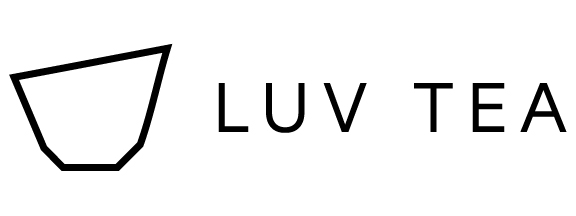Many people are familiar with black tea, from the traditional Lipton teas to Earl Grey, and to the warm Builder’s Tea of England. Many more are getting exposed to matcha, as more and more matcha to-go shops are popping up in the Lower East Side of NYC. However, the other four types of teas are rarely mentioned outside of China. I hope that more people can be exposed to the different variety of teas available in the world, and not be limited to just two types. So here we go!
GREEN TEAS (绿茶)
Green teas are non-oxidized teas that are either pan-roasted or steamed. For pan-roasted teas, there are examples such as Dragon Well (龙井), Green Snail (碧螺春), Melon Slice (六安瓜片), etc. For steamed teas, we look to Japan for their Sencha (煎茶), Genmaicha (玄米茶), etc. Green teas are known for their natural fragrances and the pale green color of the tea when brewed. It is famous for its anti-oxidants, anti-aging properties, and is good for cancer prevention.
WHITE TEAS (白茶)
A rare tea in Taiwan as it is grown only in one tea district, white teas are a common sight in mainland China, especially in Fujian. White teas are very lightly oxidized (5 to 10%), and are not pan-roasted or rolled when processing. The resulting white hairs on the natural tea leaves give it this name. The most famous white tea would be the Bai-Hao Silver Needle (白毫银针).
YELLOW TEAS (黄茶)
These are lightly oxidized teas at around 10 to 12% oxidation. Through a process of “sealed yellowing”, the tea buds at this level would have turned into a golden color, giving it its name. The color of the tea when brewed is usually a golden yellow. This tea is not currently grown in Taiwan as the technique for “sealed yellowing” is usually in the mainland. Famous yellow teas include the Jun-Shan Silver Needle (君山银针) from Yunnan, the Huo-Shan Yellow Bud (霍山黄芽) from Anhui, and the Meng-Ding Yellow Bud (蒙顶黄芽) from Sichuan.
BLUE TEAS (青茶)
More commonly known as oolong teas (乌龙茶), blue teas are semi-oxidized teas. The oxidation level is between a green tea and a black tea, and varies from 15 to 85%. A Bao-Zhong (包种) or high-mountain oolong tea (高山乌龙) would be around 15 to 20% oxidation, Dong-Ding Oolong (冻顶乌龙) would be around 35%, Iron Goddess (铁观音) between 40 to 50%, Bai-Hao Oolong (白毫乌龙) between 60 to 70%, and Red Oolongs (红乌龙) might exceed even 90% oxidation in rare cases.
Semi-oxidized teas are usually called Bao-Zhong in Taiwan, and today, most oolongs are half-ball shaped Bao-Zhong. Of course, there are also stripe shaped Bao-Zhong from Wen-Shan, and ball-shaped Bao-Zhong like Iron Goddess. These teas are the favorite teas of the Taiwanese people.
BLACK TEAS (红茶)
To be classified as a black tea, the tea leaves have to be fully oxidized, which means the oxidation level is above 95%. Black teas are the most widely produced teas in the world today and is the second most consumed beverage in the world, following water. It also accounts for more than 70% of all the tea production in the world, as of 2016. A good black tea would give off a semi-black color and with a slight glossy finish. When brewed, it would be reddish in color and clear. The taste would be layered and rich. Black teas would be the type that has the most mutability and tolerance, as it can be used to make many different blends and types of beverages. The world-famous bubble tea was made with black tea as its base.
DARK TEAS (黑茶)
Dark teas, or literally “black tea” in Chinese, is usually 80% oxidized. The most common form of this tea comes from tea trees in Yunnan, and are compressed into tea pies called pu’er (普洱). Rarely, the teas made into loose-leaf teas and are left to oxidize for decades. The long oxidation time gives these teas a very strong, layered, and unique flavor. Famous dark teas include Liu-Bao (六堡) from Guangxi, Fu-Zhuan (茯砖) from Shanxi, and Liu-An-Lan (六安篮) from Anhui.
Image source: 1, 2, 3, 4, 5, 6, 7, 8, 9, 10, 11, 12
Originally published on April 12th, 2016.












